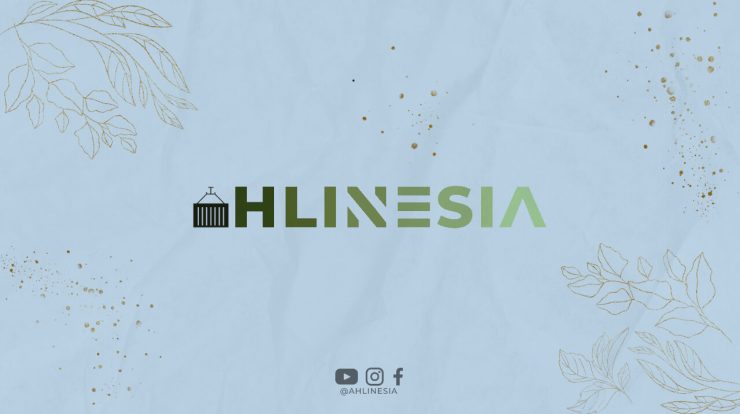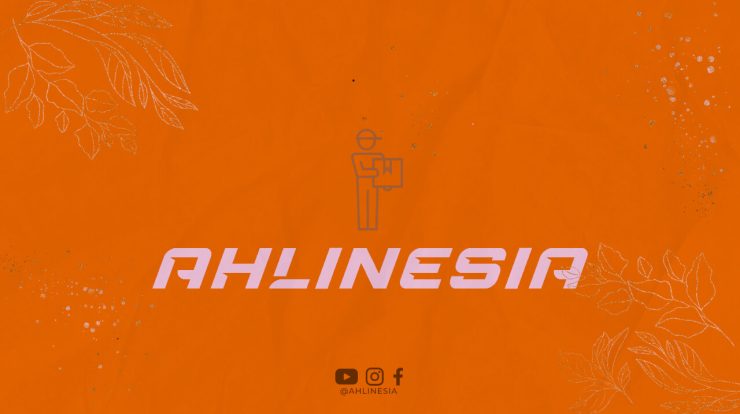
Secondary studies in Australia refer to the education provided to students aged between 12 and 18 years. It is the second stage of formal education, following primary school, and plays a crucial role in preparing students for their future endeavors. In this article, we will delve into the key aspects of secondary studies in Australia, including the curriculum, subjects offered, assessment methods, and more.
Curriculum in Australian Secondary Studies
The Australian secondary education system is known for its comprehensive curriculum that aims to provide students with a well-rounded education. The curriculum is designed to develop students’ knowledge, skills, and understanding across various subject areas, including English, mathematics, science, humanities, languages, arts, health, and physical education.
One of the primary goals of the Australian curriculum is to foster critical thinking, creativity, and problem-solving abilities among students. It encourages them to explore different fields of study and develop a strong foundation in core subjects, enabling them to make informed decisions about their future career paths.
Subjects Offered
The subjects offered in Australian secondary studies are diverse, catering to the varied interests and career aspirations of students. Alongside the core subjects like English, mathematics, and science, students can choose elective subjects based on their preferences.
Elective subjects cover a wide range of disciplines, including but not limited to business studies, information technology, visual arts, music, drama, design and technology, physical education, and languages. This flexibility allows students to tailor their education to align with their individual interests and potential career paths.
Assessment Methods
Assessment in Australian secondary studies primarily involves a combination of internal and external assessments. Internal assessments are conducted by the schools themselves and may include assignments, projects, presentations, practical exams, and class participation. On the other hand, external assessments are administered by external examination bodies and generally include standardized tests and exams.
The assessment methods aim to evaluate students’ understanding, application of knowledge, critical thinking, and problem-solving abilities. They provide a comprehensive overview of students’ academic progress and help identify areas for improvement.
Pathways after Secondary Studies
Upon completion of secondary studies, students in Australia have several pathways to consider. One common pathway is to pursue tertiary education, which includes universities, vocational education, and training (VET) programs, and other higher education institutions.
Another option is to directly enter the workforce. Australian secondary studies equip students with essential skills and knowledge required for various industries, allowing them to secure employment and contribute to the economy.
Conclusion
Secondary studies in Australia form a crucial phase of education, preparing students for their future endeavors. The comprehensive curriculum, diverse subjects, and various assessment methods ensure a well-rounded education. Students have the flexibility to choose subjects aligned with their interests and future career paths. Whether they choose to pursue higher education or enter the workforce, Australian secondary studies provide a solid foundation for success.






